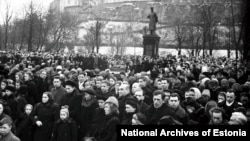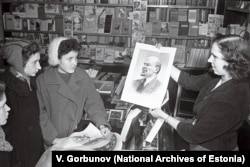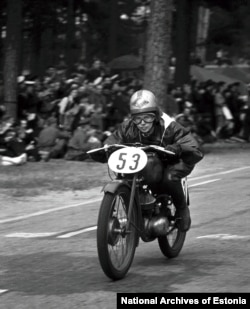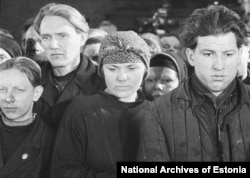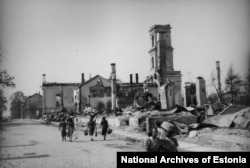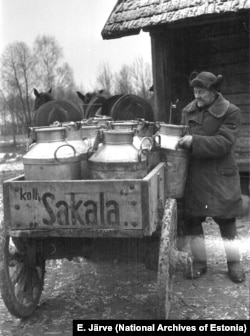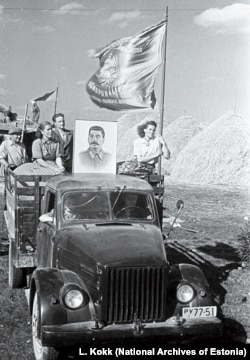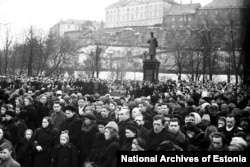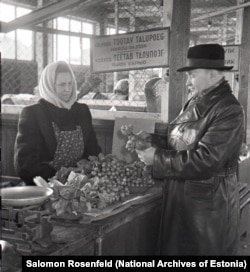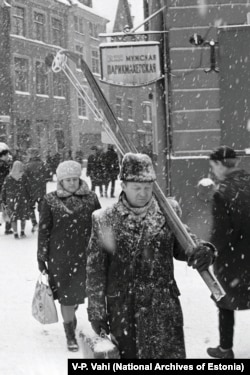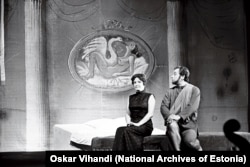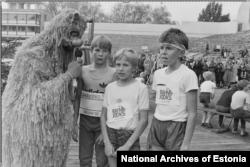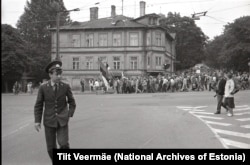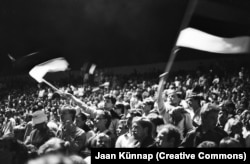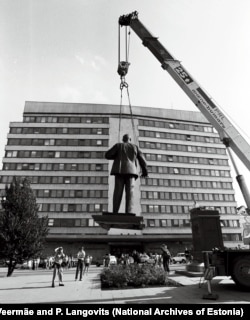Photos at the National Archives of Estonia reveal daily life during the communist occupation of the Baltic state.
These are some of the thousands of images from the The National Archives of Estonia, which holds one of the most comprehensive collections of European life under communist rule.
Estonia became a socialist republic in 1940 after the Soviet Union and Nazi Germany struck a secret deal to carve up parts of Europe into fascist and communist “spheres of influence.” Estonia, Latvia, and Lithuania were occupied by Soviet troops. Afterward, a new political party of left-wing radicals took power in rigged elections. The first demand of Estonia’s puppet government was for it to join the Soviet Union.
Estonia became a battleground between Nazi and Soviet armies after Germany’s surprise invasion of the U.S.S.R. in June 1941. The tiny Baltic country was retaken by the Soviets during the war.
Raivo Vetik, a professor of comparative politics at Tallinn University, reviewed the photos selected for this gallery. The 63-year-old says work brigades such as this were often husband-and-wife teams who needed to work for 2,000 hours at such sites in order to qualify for a “free” apartment from the state. The labor was done on top of people’s day jobs -- often in the evenings.
Under Josef Stalin, the ethnic Georgian ruler of the Soviet Union, some 20,000 people living in Estonia were sent into exile to Siberia.
Professor Raivo Vetik says the image of a man with his skis brings back strong memories of the Soviet period, when winter sports were enormously important “because there was nothing else to do in the winter. Skiing was the main [recreational] activity for people.”
By the late 1980s, a loosening up on the limitations put on free speech allowed massive anti-communist movements in the Baltic states to begin pushing for independence.
Vetik was unable to get inside for the massive 1988 singing event due to overcrowding but described the atmosphere at previous festivals that are traditionally held once every five years in Estonia.
“Very often, when some songs were performed, the older people around me started to cry. For example, there is a song called Fatherland that is very close to the heart of most ethnic Estonians," Vetik said. "As a boy, I was wondering why they were crying.... In a sense, these kinds of songs were anti-communist, but not directly. This was a kind of resistance that we could get away with, without being shot or sent to Siberia.”
The Baltic states declared independence from the Soviet Union in the summer of 1991. The U.S.S.R. collapsed a few months later.
